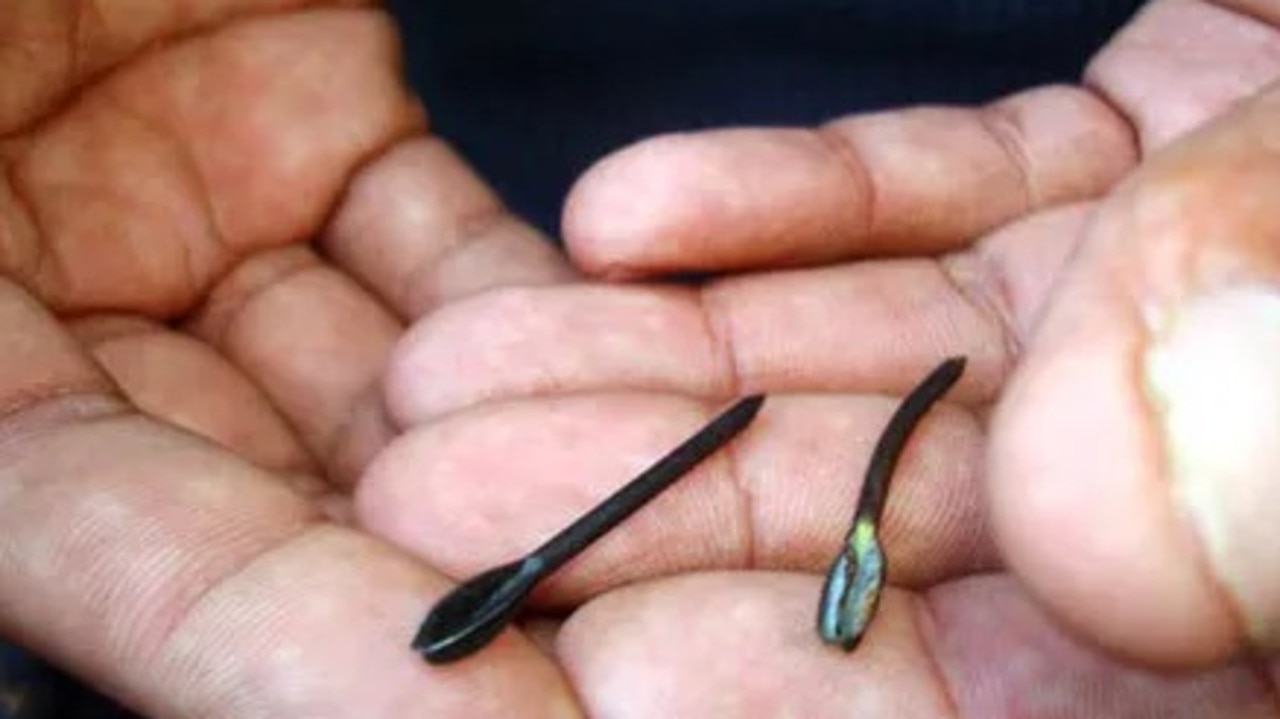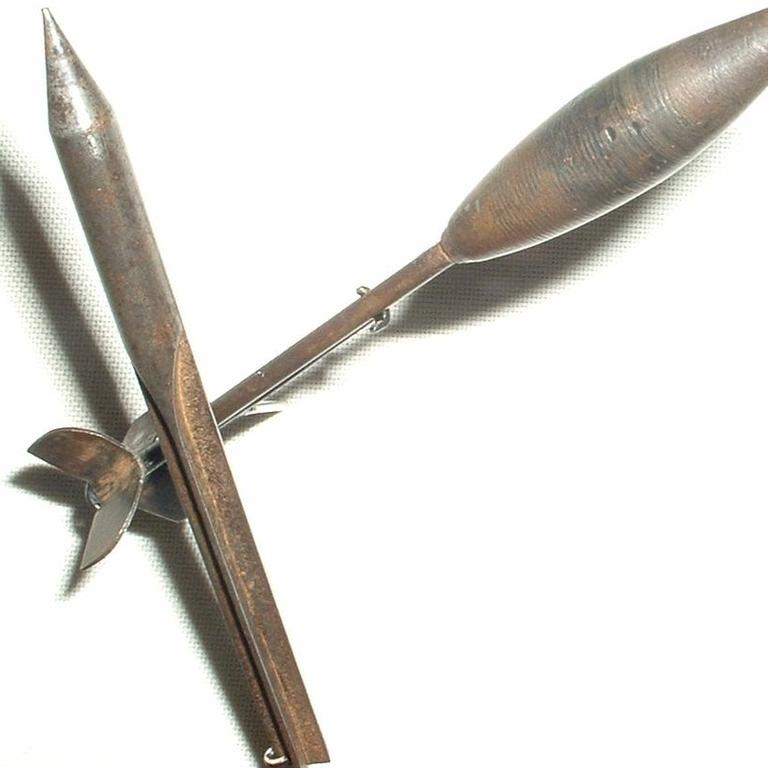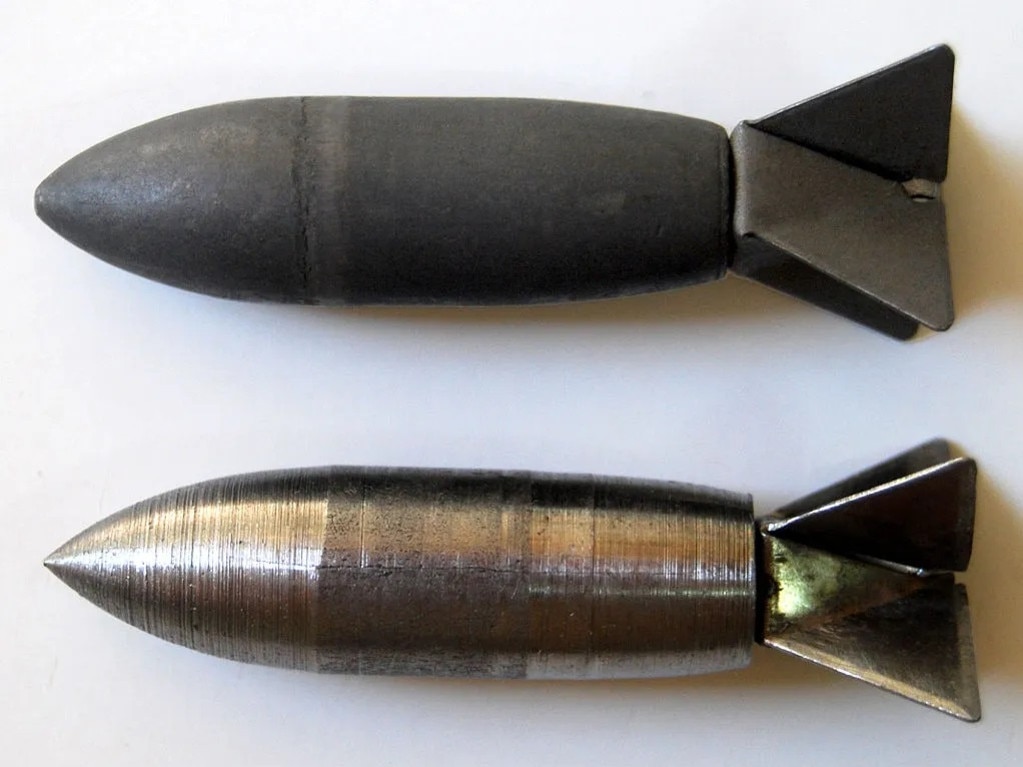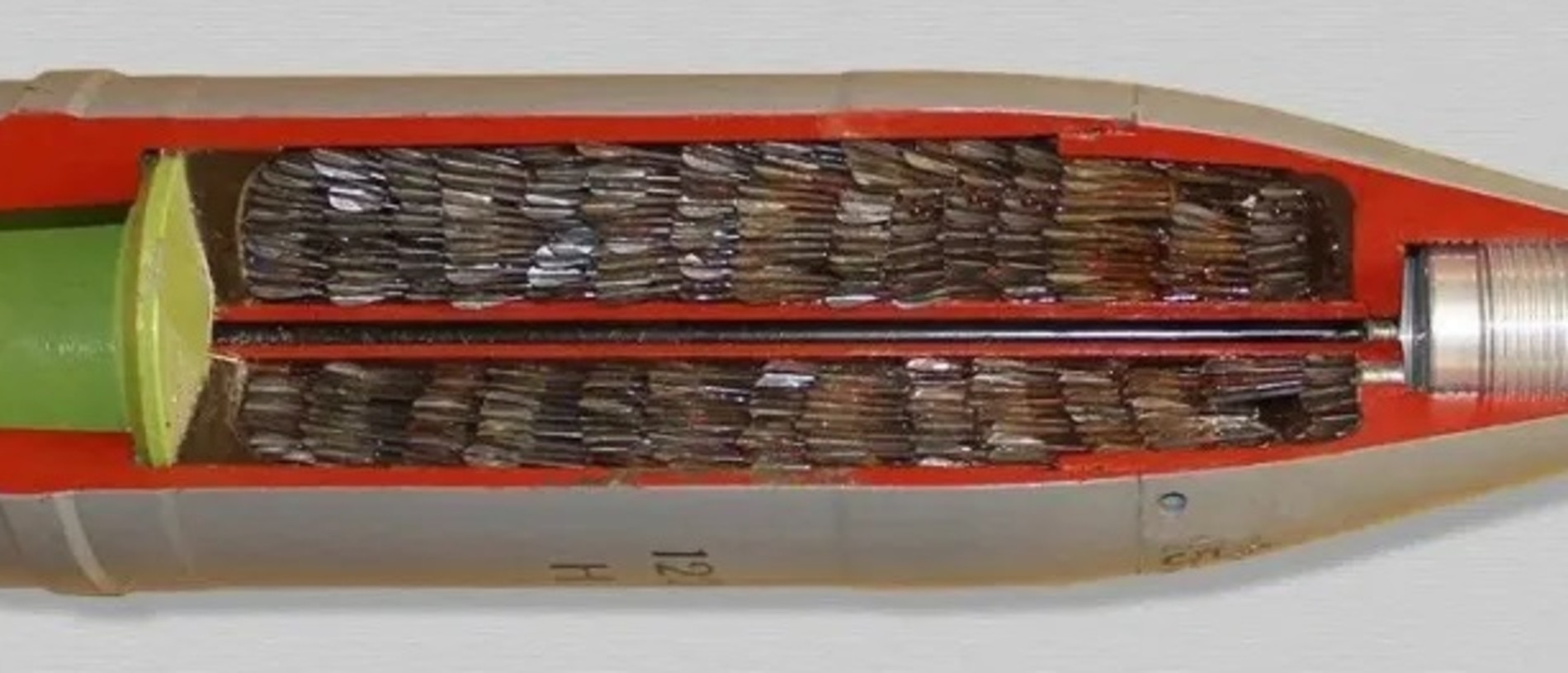Disturbing forensic find on Ukrainian war bodies
Deadly metal darts designed to tear human flesh have been found in corpses across the Ukrainian city of Bucha following the Russian withdrawal.
Deadly metal darts designed to tear human flesh have been found in corpses across the Ukrainian city of Bucha following the Russian withdrawal.
The small darts, called fléchettes, are not widely used today, but were most notably used on the battlefield during World War I.
According to The Guardian, pathologists and coroners carrying out post-mortem examinations on bodies in mass graves in Bucha found fléchettes embedded in people’s heads and chests.
This comes as more atrocities emerge after the Russian occupation of the region north of Kyiv.
Stream the latest news on the war in Ukraine live & on demand on Flash. 25+ news channels in 1 place. New to Flash? Try 1 month free. Offer ends 31 October, 2022 >

The United Nations human rights office said on Friday that mounting evidence of summary executions of civilians and indiscriminate shelling indicate evidence of Russian war crimes. While the use of fléchettes in war is not banned under international law, it is illegal to use “inherently indiscriminate” weapons in densely populated civilian areas.
According to the Australian War Memorial, the little darts were first invented by the Italians around 1911 and were said to have been first used by the French in 1914. They proved to be so effective, they were later adopted by British and German forces.

Although fléchettes were most commonly used during WWI, they’ve been used at various points throughout history. The United States used later iterations of the weapon in what was called the Lazy Dog bomb during the Vietnam and Korean wars.
Developed as an antipersonnel weapon, which is a weapon designed to kill infantry, the fléchettes were ideal for the Vietnamese terrain, as they are designed to penetrate dense vegetation and kill vast numbers of soldiers.

The premise of the fléchette is simple. The small metal darts are held within a shell that can be fired from a tank or a field gun. During the Vietnam War, the lazy dogs were dropped from aircraft. Each shell can hold up to 8000 fléchettes.
Once fired, the darts would be released from the shell and are designed to scatter. According to Amnesty International they disperse in a conical pattern over an area 300 metres wide and 100 metres long.
The fléchette itself is very thin and around 4cm in length with four fins on its tail, similar to an arrow. Its small size often makes it difficult to immediately detect in a body. On impact, the dart bends into a hook, while the four fins can break off, causing a second wound.
#Ukraine: The remains of a Russian artillery position in #Kyiv Oblast.
— 🇺🇦 Ukraine Weapons Tracker (@UAWeapons) April 10, 2022
One Russian 2S1 Gvozdika SPG can be seen totally destroyed, along with many 3Sh1 122mm flechette and 3BK13/3BK6 series HEAT-FS-T projectiles. (Thank you @blueboy1969 for assistance) pic.twitter.com/NJM3fuYyOD

Fléchettes are not just being discovered in mass graves, but are also being found littered throughout Bucha.
Resident Svitlana Chmut told The Washington Post that she had found several of the lethal darts embedded in the tarp that covered her car.
“If you look closely on the ground around my house, you will find a lot more of them,” she said.
Munitions expert at the UK-based Fenix Insights Group, Neil Gibson told The Washington Post the fléchettes probably came from a 122mm 3Sh1 artillery round, which are used by the Russians.

A spokesperson for the Ukrainian land forces, Major Volodymyr Fito said the Ukrainian military do not use shells with fléchettes.
For Ms Chmut, there is a silver lining to having her home littered with fléchettes. She told The Washington Post the wood from the ammunition crates left behind by the Russians will be used as firewood and the metal she collects from the discarded artillery shells will make a lovely fence.





